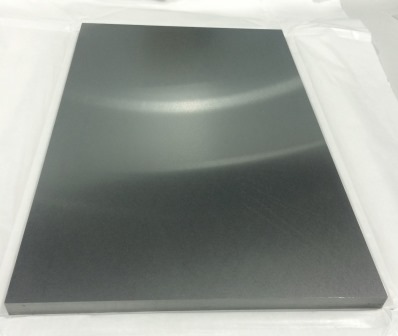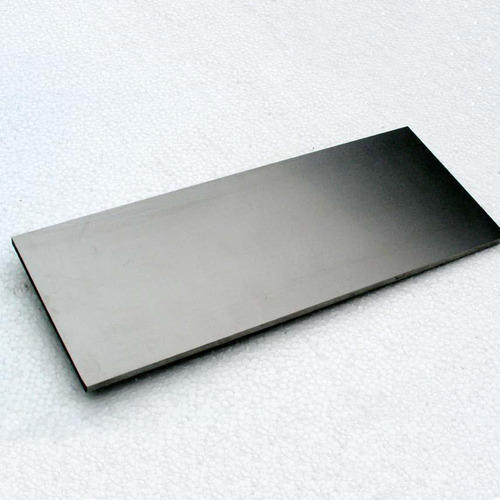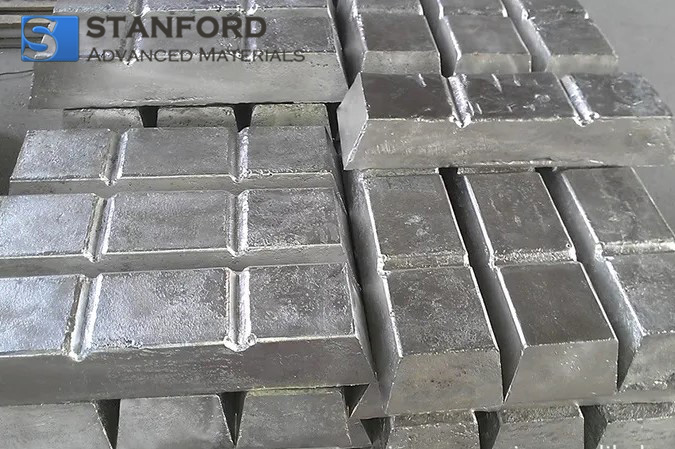3 Common Molybdenum Alloys: Applications And Features
Owing to its mechanical and chemical properties, Molybdän has been developed into a material that meets demanding operational requirements. Its advantages include a high melting point, a low thermal expansion coefficient and good thermal conductivity. Consequently, it is used in many industrial sectors.
Molybdän is a material with a broad range of applications among specialised materials. Its uses include industrial adhesive tapes for lighting and filaments, semiconductor substrates for the energy and electronics industries, glass melting electrodes, heated zones in high-temperature furnaces and sputter targets for solar cells and flat panel displays. Three main alloy types are available: TZM, ML and MoRe. This article describes the applications of these three alloy types.
TZM (Titan-Zirkonium-Molybdän) Alloy
Titan-Zirkonium-Molybdän alloy is a Molybdän-based alloy containing Titanium and Zirconium. Molybdän metal is combined with a small amount of ultrafine microcarbides to form the TZM alloy. TZM alloys have higher hardness than pure Molybdän. They exhibit higher recrystallisation temperatures and improved creep resistance. These alloys are used in high-temperature applications subject to significant mechanical loads, for example during knife forging or in rotary anodes for X-ray tubes. The recommended operating temperature range for TZM is between 700°C and 1 400°C.

ML (Molybdän-Lanthan) Alloy
Molybdän-Lanthan alloy consists of Molybdän and Lanthanum oxide. Lanthanum oxide is dispersed as particles throughout the metal matrix. The La2O3 content typically ranges from 0.5% to 5.0% by weight. The addition of a small amount of Lanthanum oxide can produce a laminated fibre structure. This structure remains stable at temperatures up to 2 000°C. Consequently, Molybdän-Lanthan oxide can resist creep under extreme operating conditions. These alloys are processed into high-temperature furnace components such as wires, sintered parts, heated crucibles and evaporator coils. In the lighting industry, Lanthanum molybdate oxide is used as a protective wire and supply lead.
MoRe (Molybdän-Rhenium) Alloy
The Molybdän-Rhenium alloy is a Molybdän-based alloy with 2% to 5% Rhenium. The addition of Rhenium improves both the plasticity and strength of Molybdän. The Mo-Re alloy is used as a sputter target for rapidly rotating X-ray tubes. It is also used for manufacturing durable lattice panels for microwave communications, heating tubes for space reactor cores, heating elements for high-temperature furnaces and high-temperature thermocouples. Typically, Mo-5%Re and Mo-41%Re are used as thermocouple wires and as structural materials in the aerospace sector. Mo-50%Re is applied as a high-temperature structural material.

Schlussfolgerung
We thank you for reading this article. We trust that the information provided assists in understanding the applications of TZM, ML and MoRe alloys. For further details concerning Molybdän alloys, please visit Stanford Advanced Materials (SAM).
Stanford Advanced Materials (SAM) is a supplier of Molybdän who has accumulated more than two decades of experience in the manufacture and distribution of Molybdän products. The company provides products that meet the research, development and production requirements specified by clients. We expect that SAM will be your chosen Molybdän supplier and business partner.

 Bars
Bars
 Beads & Spheres
Beads & Spheres
 Bolts & Nuts
Bolts & Nuts
 Crucibles
Crucibles
 Discs
Discs
 Fibers & Fabrics
Fibers & Fabrics
 Films
Films
 Flake
Flake
 Foams
Foams
 Foil
Foil
 Granules
Granules
 Honeycombs
Honeycombs
 Ink
Ink
 Laminate
Laminate
 Lumps
Lumps
 Meshes
Meshes
 Metallised Film
Metallised Film
 Plate
Plate
 Powders
Powders
 Rod
Rod
 Sheets
Sheets
 Single Crystals
Single Crystals
 Sputtering Target
Sputtering Target
 Tubes
Tubes
 Washer
Washer
 Wires
Wires
 Converters & Calculators
Converters & Calculators
 Write for Us
Write for Us

 Chin Trento
Chin Trento



